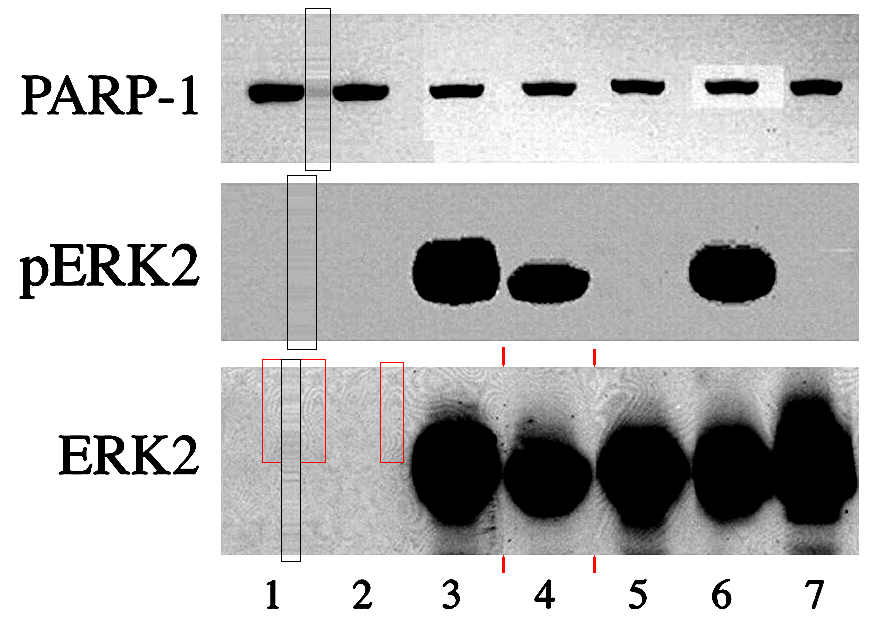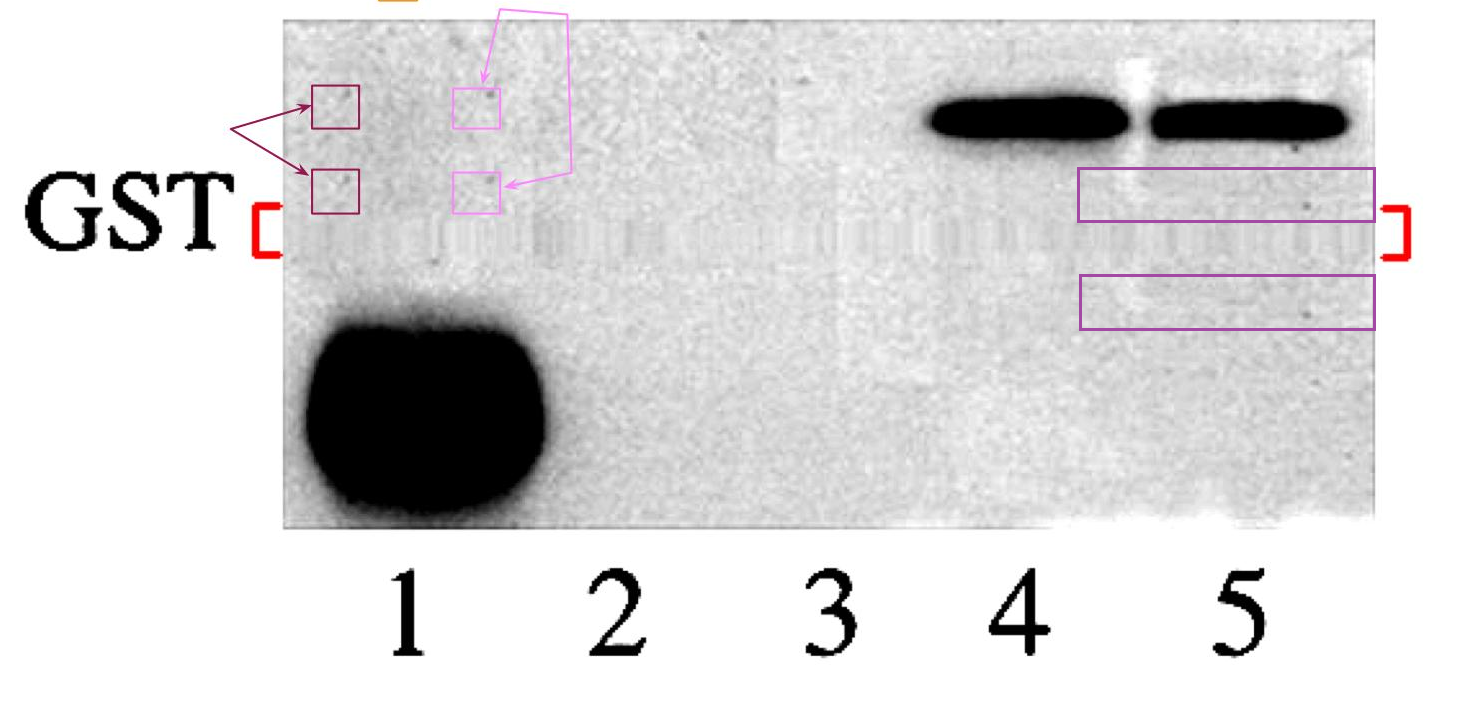Richard MacManus (@ricmac) founded tech blog ReadWrite Web in 2003 and has since become an internationally recognised commentator on what’s next in technology and what it means for society.

He is under the impression that the energy used to transmit a given flow of telephony data could be halved by channeling it through a sparser network of cell towers. Dude, that's not how it works.
While there is enough spectrum to have three separate 5G networks, there’s one potentially serious drawback: 5G will require many more cell towers than 4G.The list of "more than 180 scientists and doctors from 35 countries" is strangely reminiscent of lists like "Climatologists who reject the global-warming groupthink", or "Scientists contra Darwin", and like them, finding a copy of it on a website is often a symptom of paranoid conspiratorial ideation. It was compiled by Lennart Hardell -- a single-minded Swedish researcher, usually described with words like "outlier" or "maverick".
The paper states that ‘‘the number of cell towers in urban areas will double.’’ So that means if all three companies roll out their own 5G network, we can expect double the number of cell towers in our cities and towns.
The big worry is that this may negatively impact the health of people who live or work close by these cell towers. [...]
Last September, more than 180 scientists and doctors from 35 countries sent a declaration to officials of the European Commission to recommend a moratorium on 5G roll-outs. The group claimed that 5G would ‘‘substantially increase exposure to radiofrequency electromagnetic fields (RF-EMF).’’
Back home, the MBIE paper only mentions health risks once. There is a note about ‘‘managing any potential health effects from increased exposure to non-ionizing radiation’’. But a couple of paragraphs on, we’re told that ‘‘New Zealand standards for nonionizing radiation are consistent with international standards.’’
Somehow I don’t find that reassuring.
I’d like to see our government more fully address the health risks of 5G. If they haven’t already, they should seek the advice of Hasan and his team at Massey University.
The common sense approach would surely be to roll out just one 5G network, rather than three of them. The fewer cell towers we have in our urban centres, the better.
The studies by Hardell et al. are particularly problematic because of variation across their publications in the exact constitution of case groups, criteria for exclusion, exposure definitions, and the selection of results for presentation in the multiple overlapping publications. In our view, decisions in methods, analysis, and presentation provide the most plausible explanation for the deviation of the findings of the Hardell studies from those of other investigators.
Side-effects documented in a series of selfiesProponents of this purported link are undeterred by the absence of higher cancer rates among cellphone addicts; or the absence of any brain-cancer epidemics as phone use became ubiquitous; or the failure of animal experiments designed to find a connection; or the lack of loopholes in the small-print of physiology, which would allow the low-energy wavelengths of cellphone signalling to interact disruptively with cellular biology. We shall draw a discreet veil over the "DNA = fractal antenna" flimflam, to spare further embarrassment to the families of Drs Blank and Goodman.
This junk-science genre is already addressed by skeptical websites of a scholarly and serious nature so it does not fall under the rubric or the remit or even the rembric of the Riddled mission statement.
Nevertheless, here are Rony Seger's Deep Thoughts on cellphonic electromagnetism and the ERK pathway of intracellular signalling (or cascade, or avalanche). They were tailormade for the gutter media, and the press releases for the Daily Fail and the Torygraph were probably written before
Mission statement aside, Seger is a special case. He is no stranger to Riddled, previously appearing in a cameo role in a post that focussed on Yehiel Zick. They are both researchers at the Weizmann Institute... a centre of (a) cutting-edge biomedical science, and (b) the creative use of electrophoresis gels as an artistic medium. More on the Weizmann Institute here and here.
The sentient pseudonyms at PubPeer have brought their attentions to bear on several Seger papers, generally on ERK activation as his area of expertise, taking a special interest in the Figures... the backgrounds of the gels, as well as the bands and Miro blobs in the foreground.
 They tweaked the contrast, all "Track 45 right... stop... centre... enhance 34 to 36", and before you could say "Bladerunner" those figures fell apart into collages, commodity bands copy-pasted onto panels of yellow wallpaper, all clone-glitchy with stripes and barcodes.
They tweaked the contrast, all "Track 45 right... stop... centre... enhance 34 to 36", and before you could say "Bladerunner" those figures fell apart into collages, commodity bands copy-pasted onto panels of yellow wallpaper, all clone-glitchy with stripes and barcodes.Features, not bugs The cellphone paper is not so extreme but there are some egregious use of AEP, Appearance-Enhancing Photoshop. "Peer 1" begins the commentary in media res, noting a transporter accident in Figure 7A, and expressing some understandable skepticism about the appearance of the gels. They appear to be a collection of spare eyebrows and moustaches left over from a police Identikit. Or possibly an ID line-up.
The cellphone paper is not so extreme but there are some egregious use of AEP, Appearance-Enhancing Photoshop. "Peer 1" begins the commentary in media res, noting a transporter accident in Figure 7A, and expressing some understandable skepticism about the appearance of the gels. They appear to be a collection of spare eyebrows and moustaches left over from a police Identikit. Or possibly an ID line-up. The "pERK" band comprising Figure 2B shows 13 lanes, indicating the amount of phosphorylated-ERK produced by cells that used their mobiles for varied combinations of intensity and duration, an indirex of how much that gene has been activated. "Indirex" is a word I just made up as an abbreviation of 'indirect index'. Five of those lanes reappear as Figure 1A, purportedly from different conditions.
The "pERK" band comprising Figure 2B shows 13 lanes, indicating the amount of phosphorylated-ERK produced by cells that used their mobiles for varied combinations of intensity and duration, an indirex of how much that gene has been activated. "Indirex" is a word I just made up as an abbreviation of 'indirect index'. Five of those lanes reappear as Figure 1A, purportedly from different conditions.To be meaningful, these measurements of phophorylated protein are accompanied by gERK (or just plain ERK), the loading controls, so that levels can be expressed as ratios. So here in Figure 3A are pERK and gERK for different conditions of irradiation. This would be more convincing if it were not for the identical nature of two pERK lanes, and two pairs of gERK lanes.


After the authors had put so much effort into the gERK band, one can hardly fault them for making full use of it. Five of the 12 lanes can also be found in Figure 1B, slightly resized and reused as loading controls for a different experiment. A similar economy is applied to the gERK band of Figure 3B, with five of the 10 lanes reused in Figure 4B, recaptioned as alpha-ERK.


[Must credit "Peer 1" for most of the work]
landline telephony has problems of its own... especially in the vicinity of the Riddled Research Laboratory, where the telephone poles are prone to strange mutations, affected by field leakage from the Morphogenic Flux Intensifier.
The tabloid press do not report any of this because they are in the pocket of BIG WIRE.






No comments:
Post a Comment